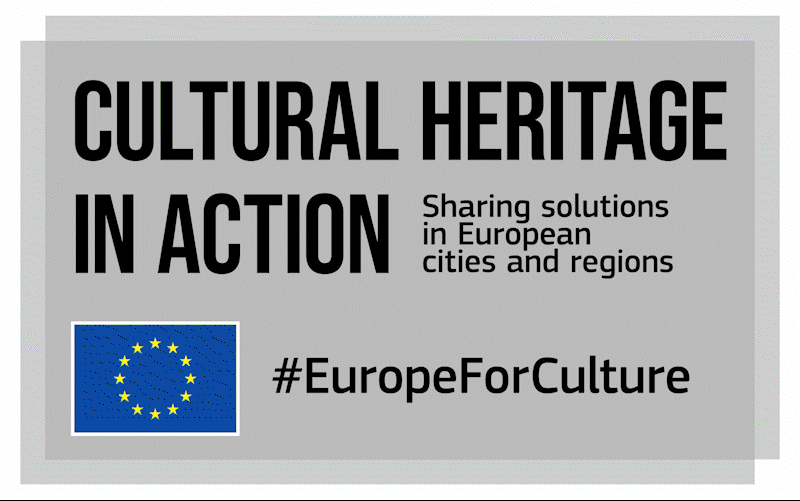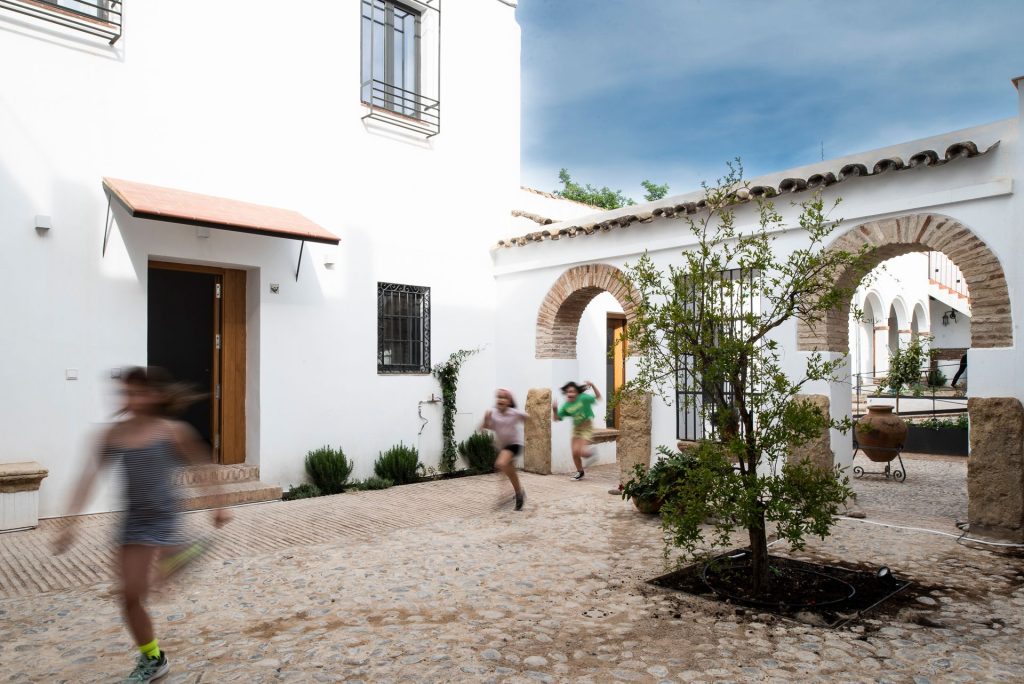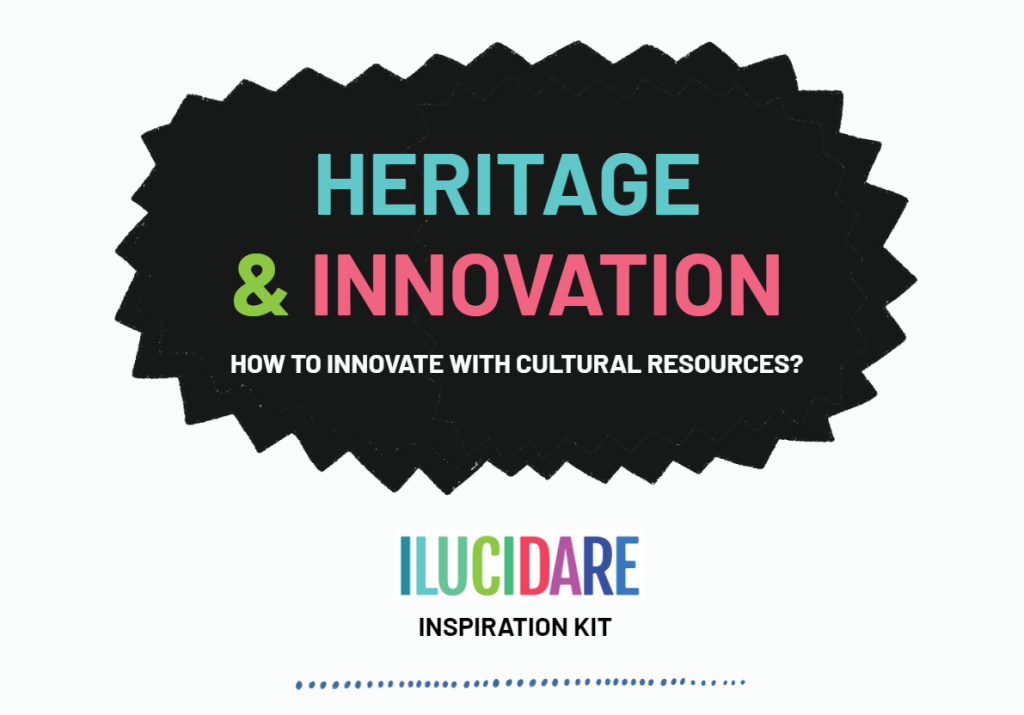Leeds faced the challenge to raise children’s educational achievement through heritage and the arts. There are 55,000 children in Leeds aged 5-11; only 56% of children aged 8-11 achieve the standard of education required by the central government, below the national average of 61%.
Inspiration came from a European study visit on cultural education to Espoo and Helsinki (FI) to learn how Finnish cities adapt the national Curriculum to their local context. Leeds Museums and Galleries (LMG), part of Leeds City Council, led a city-wide consortium of over 50 arts, cultural and community organisations and over 30 primary schools to co-create the Leeds Curriculum.
“What stories do we want our children to know about Leeds before they leave primary school?’ was the starting point of the conversation around the Curriculum. Consultations began with schools, academy trusts, teaching alliances, universities providing teaching training, and arts and cultural organisations. The city piloted one story in early 2017, then held city-wide story-gathering workshops, including pupils and schools staff teams. Throughout 2018, the city worked closely with teachers and pupils to sift the stories, looking through the lens of the National Curriculum objectives. Each story contains a ‘hook story’, something exciting and curious about the city. Many of the stories are based on objects within the Leeds Museum and Galleries collections. The stories cover a geographical, chronological and diverse range linked to the past and highlight a contemporary issue. Stories are co-produced with communities. They contain images, films, oral histories, archives, access to accessioned museum objects and resources drawn from all the arts and cultural providers across Leeds.
The Curriculum was officially launched in June 2018 and now provides primary teachers with resources to teach using a place-based, local approach. Using arts and culture, teachers can teach any subject and all pupils age 5-11 while increasing their sense of belonging.
The Curriculum is currently being used by half of the primary schools in Leeds (approx. 100 schools), reaching around 10,000 children. Usage rose during the pandemic. The Leeds Curriculum can raise aspirations, foster enjoyment and achievement in school, increase attendance, and create a better atmosphere for wellbeing and mental health. It is accessible on MyLearning.org, a website hosting free national teaching resources. The Leeds Curriculum is an evolving, developing, everchanging resource for teachers; new things are being added every month. In 2019, the Leeds Curriculum won the UK-wide Museums and Heritage Award Learning Programme of the Year.
Join our peer learning visit to Leeds by answering to our call for participants here.





